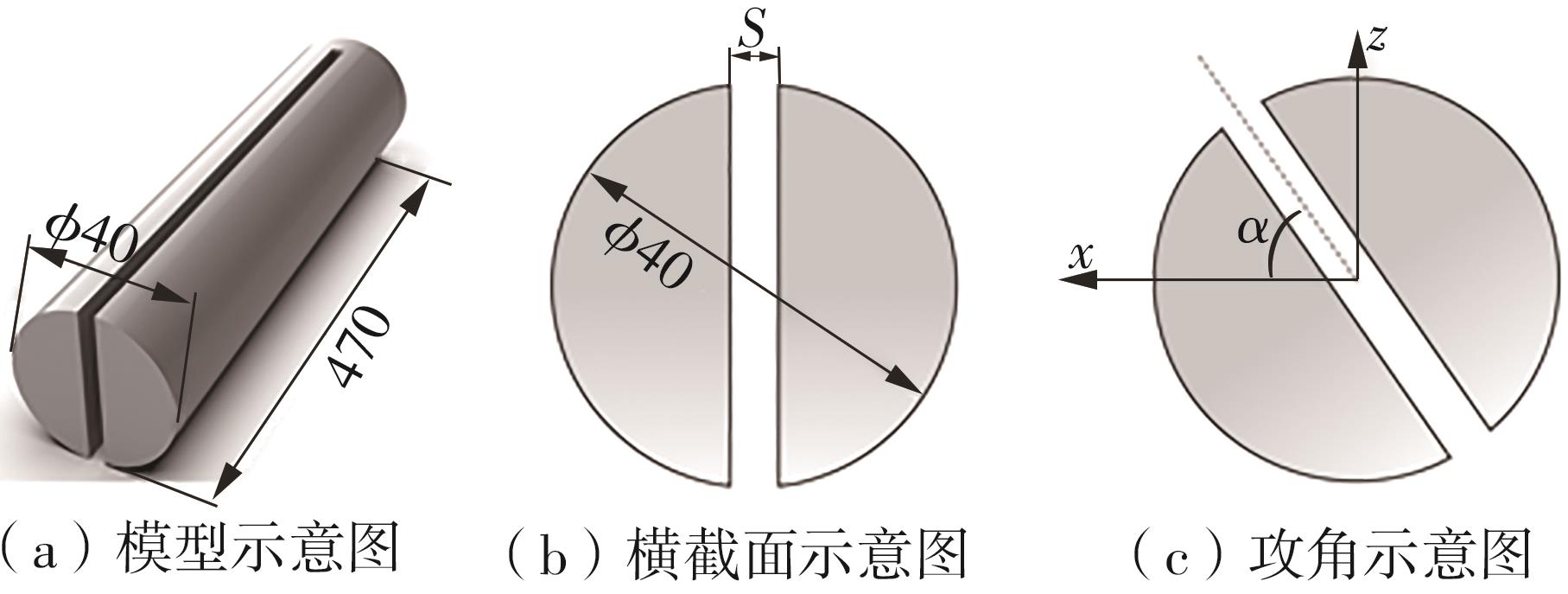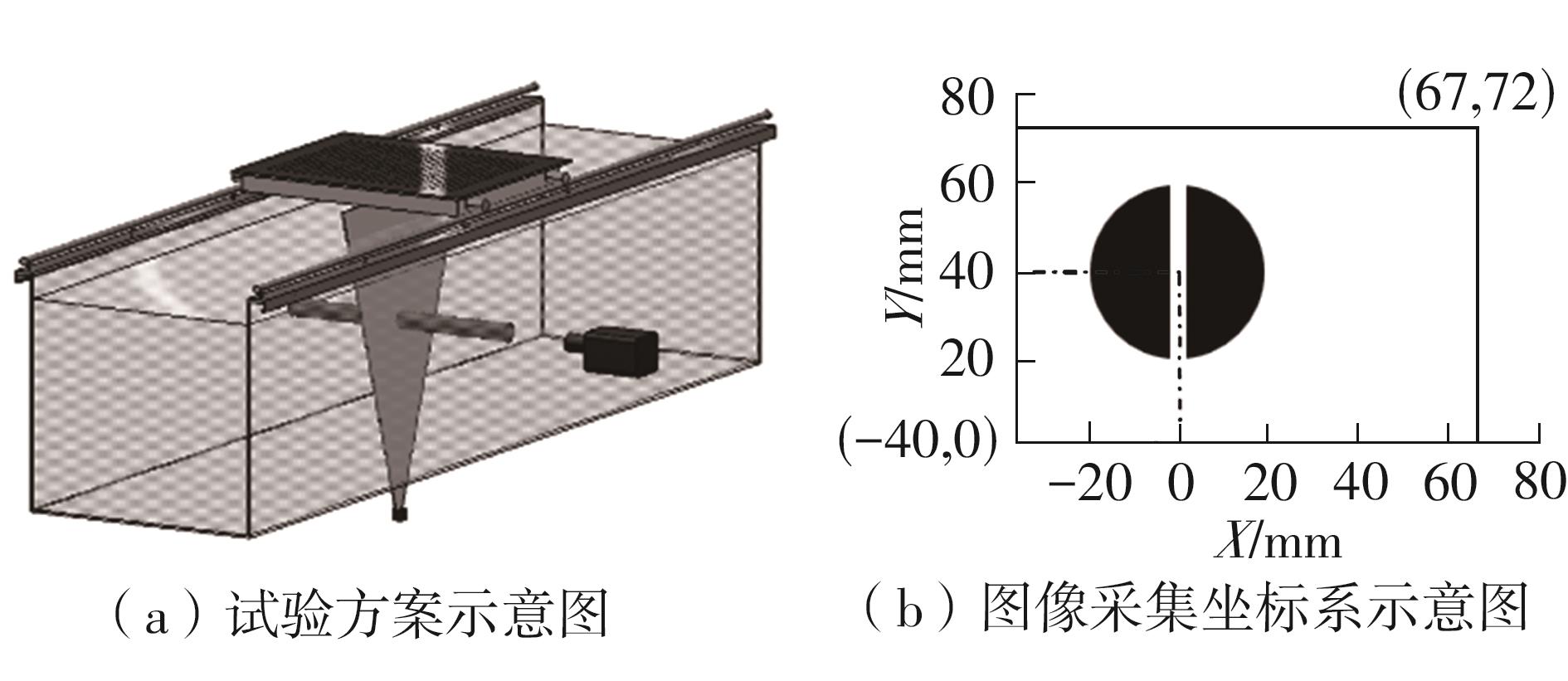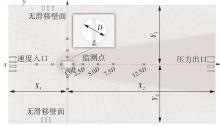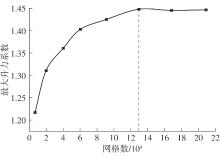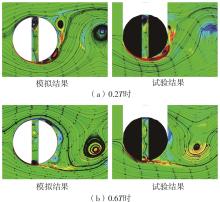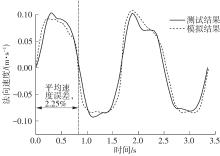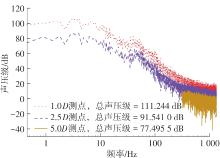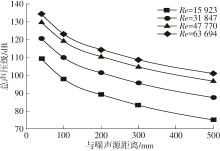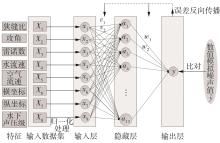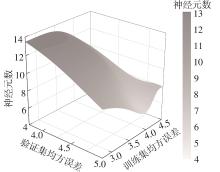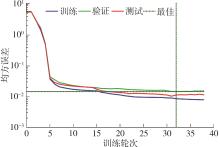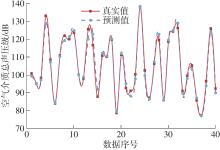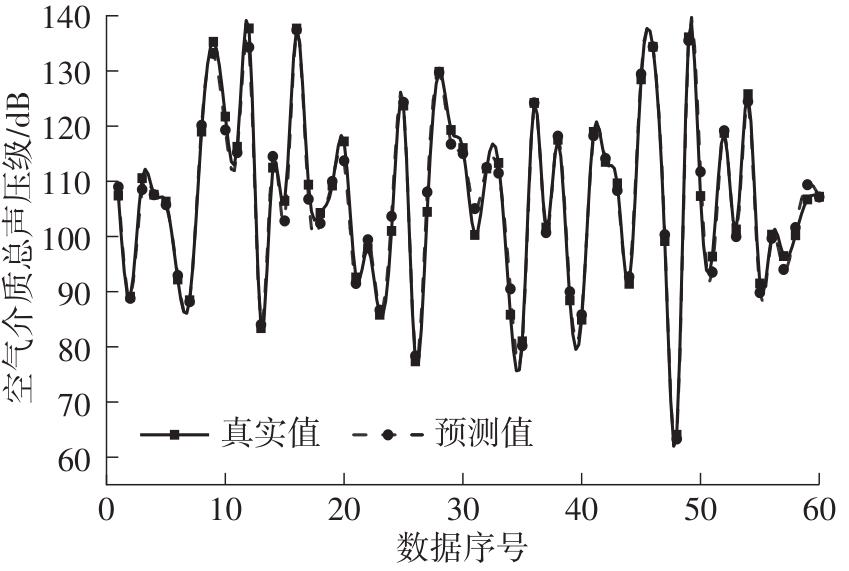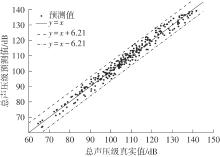| 1 |
DI MARCO A, BURGHIGNOLI L, CENTRACCHIO F,et al .Airframe noise measurements in a large hard-walled closed-section wind tunnel[J].Applied Acoustics,2019,146:96-107.
|
| 2 |
赵成,张涛,侯国祥 .基于声扰动方程的矩形柱绕流噪声数值模拟[J].华中科技大学学报(自然科学版),2021,49(10):103-108.
|
|
ZHAO Cheng, ZHANG Tao, HOU Guoxiang .Numerical study on flow noise of flow around rectangular cylinders based on acoustic perturbation equations[J].Journal of Huazhong University of Science and Technology (Natural Science Edition),2021,49(10):103-108.
|
| 3 |
MARTIN R, SORIA M, RODRIGUEZ I,et al .On the flow and passive noise control of an open cavity at Re = 5 000[J].Flow,Turbulence and Combustion,2022,108(1):123-148.
|
| 4 |
刘志荣,邹赫,刘锦生,等 .开缝圆柱缝隙倾斜角对脱落涡的影响[J].北京航空航天大学学报,2017,43(1):128-135.
|
|
LIU Zhirong, ZOU He, LIU Jinsheng,et al .Effect of angle of slit on shedding vortex of slotted circular cylinder[J].Journal of Beijing University of Aeronautics and Astronautics,2017,43(1):128-135.
|
| 5 |
王毅刚,陈垂文,黄晓胜,等 .圆柱绕流近壁面处气动噪声源识别研究[J].声学技术,2019,38(4):422-427.
|
|
WANG Yigang, CHEN Chuiwen, HUANG Xiaosheng,et al .Study of identification method for aerodynamic noise sources in flow around cylinder[J].Technical Acoustics,2019,38(4):422-427.
|
| 6 |
田斯源,余培汛,白俊强,等 .全尺寸起落架的气动及声学特性分析[J].西北工业大学学报,2022,40(5):953-961.
|
|
TIAN Siyuan, YU Peixun, BAI Junqiang,et al .Analysis of aerodynamic and aeroacoustics of full scale landing gear[J].Journal of Northwestern Polytechnical University,2022,40(5):953-961.
|
| 7 |
GEYER T F .Experimental evaluation of cylinder vortex shedding noise reduction using porous material[J].Experiments in Fluids,2020,61(7):1-21.
|
| 8 |
任旺 .飞机起落架结构件气动噪声分析与降噪方法研究[D].南京:南京航空航天大学,2016.
|
| 9 |
陈武,周毅 .基于K-FWH声比拟方法的串列双圆柱气动噪声研究[J].北京航空航天大学学报,2021,47(10):2118-2128.
|
|
CHEN Wu, ZHOU Yi .Investigation on aeroacoustic of tandem double cylinders by K-FWH acoustic analogy method[J].Journal of Beijing University of Aeronautics and Astronautics,2021,47(10):2118-2128.
|
| 10 |
JACOB J, BHATTACHARYA S K .Aerodynamic noise from long circular and non-circular cylinders using large eddy simulations[J].International Journal of Aeroacoustics,2022,21(3/4):142-167.
|
| 11 |
AL-SADAWI L, BIEDERMANN T M, FRITSCHE M .Passive control of vortex shedding noise of circular cylinders by passive air-jet blowing[J].Journal of Aerospace Engineering,2021,34(5):04021060/1-11.
|
| 12 |
LIU H, ZHANG S, CHEN R,et al .Numerical study on aerodynamic drag and noise of circular cylinders with a porous plate[J].Aerospace Science and Technology,2022,123:107460/1-15.
|
| 13 |
ZHENG C, ZHOU P, ZHONG S,et al .An experimental investigation of drag and noise reduction from a circular cylinder using longitudinal grooves[J].Physics of Fluids,2021,33(11):115110/1-11.
|
| 14 |
朱睿,李尚,陈子煜,等 .二维开缝圆柱环流动力特性[J].上海交通大学学报,2019,53(10):1238-1248.
|
|
ZHU Rui, LI Shang, CHEN Ziyu,et al .Flow field dynamic characteristics of slit cylinders[J].Journal of Shanghai Jiaotong University,2019,53(10):1238-1248.
|
| 15 |
ZHU R, ZHUANG Q, LI S,et al .Overall flow dynamics characteristics of slit-vent cylinders[J].Aerospace Science and Technology,2020,105:106074/1-11.
|
| 16 |
LYSENKO D A .Free stream turbulence intensity effects on the flow over a circular cylinder at Re = 3 900:bifurcation, attractors and Lyapunov metric[J].Ocean Engineering,2023,287:115787/1-14.
|
| 17 |
杨锦文,何意,鲍锋 .开缝圆柱近场尾流的大涡模拟和实验测量[J].空气动力学学报,2014,32(3):308-314.
|
|
YANG Jinwen, HE Yi, BAO Feng .Large eddy stimulation and experimental measurement of near wake structures of a slotted circular cylinder[J].Acta Aerodynamica Sinica,2014,32(3):308-314.
|
| 18 |
MAYS M D, LARDEAU S, LAIZET S .Capturing the drag crisis in the flow around a smooth cylinder using a hybrid RANS-LES model on coarse meshes[J].International Journal of Heat and Fluid Flow,2023,103:109203/1-14.
|
| 19 |
李定远,方斌,李一鸣,等 .圆柱绕流特征频率相似性研究[J].舰船电子工程,2022,42(3):197-202.
|
|
LI Dingyuan, FANG Bin, LI Yiming,et al .Study on the similarity of characteristic frequency of flow around a cylinder[J].Ship Electronic Engineering,2022,42(3):197-202.
|
| 20 |
眭嘉里 .基于数值模拟和BP神经网络的悬垂绝缘子串风偏角预测模型[D].重庆:重庆大学,2020.
|
| 21 |
姚景瑜,孟海洋,杨京,等 .基于BP人工神经网络的轴流风扇气动噪声预测[J].南京大学学报(自然科学),2020,56(6):900-908.
|
|
YAO Jingyu, MENG Haiyang, YANG Jing,et al .Aerodynamic noise prediction of tube-axial fan based on BP artificial neural network[J].Journal of Nanjing University (Natural Science),2020,56(6):900-908.
|
| 22 |
王晓玲,杨姝 .基于多模型融合的BP神经网络组合预测模型的研究[J].电脑知识与技术,2023,19(3):22-25.
|
|
WANG Xiaoling, YANG Shu .Research on BP neural network combination prediction model based on multi-model fusion[J].Computer Knowledge and Technology,2023,19(3):22-25.
|
| 23 |
刘兆荣 .基于改进激活函数的卷积神经网络算法及应用研究[D].上海:上海海洋大学,2019.
|
| 24 |
MENG H, XU X, YANG J,et al .Fast prediction of aerodynamic noise induced by the flow around a cylinder based on deep neural network[J].Chinese Physics B,2022,31(6):064305/1-6.
|
| 25 |
周梦,吕志刚,邸若海,等 .基于小样本数据的BP神经网络建模[J].科学技术与工程,2022,22(7):2754-2760.
|
|
ZHOU Meng, Zhigang LÜ, DI Rouhai,et al .BP neural network modeling based on small sample data[J].Science Technology and Engineering,2022,22(7):2754-2760.
|
| 26 |
周中,邓卓湘,陈云,等 .基于GA-BP神经网络的泡沫轻质土强度预测[J].华南理工大学学报(自然科学版),2022,50(11):125-132.
|
|
ZHOU Zhong, DENG Zhuoxiang, CHEN Yun,et al .Strength prediction of foam light soil based on GA-BP neural network[J].Journal of South China University of Technology (Natural Science Edition),2022,50(11):125-132.
|
| 27 |
WANG P, FAN E .Neural network optimization method and its application in information processing[J].Mathe-matical Problems in Engineering,2021,1(10):1-10.
|
| 28 |
赵文清,严海,周震东,等 .基于残差BP神经网络的变压器故障诊断[J].电力自动化设备,2020,40(2):143-148.
|
|
ZHAO Wenqing, YAN Hai, ZHOU Zhendong,et al .Fault diagnosis of transformer based on residual BP neural network[J].Electric Power Automation Equipment,2020,40(2):143-148.
|

